|
It can be harder than deciding who to vote for. Should I put it in… or should I pull it out? Those are the choices with the Thanksgiving turkey. You bring a refrigerated bird home from the grocery store, but it’s maybe 9 days until Thanksgiving. You’re not going to cook it today, but if you freeze it, good luck getting it to defrost in less than a week. Just refrigerating it may not be healthy either. Live birds have more to worry about. 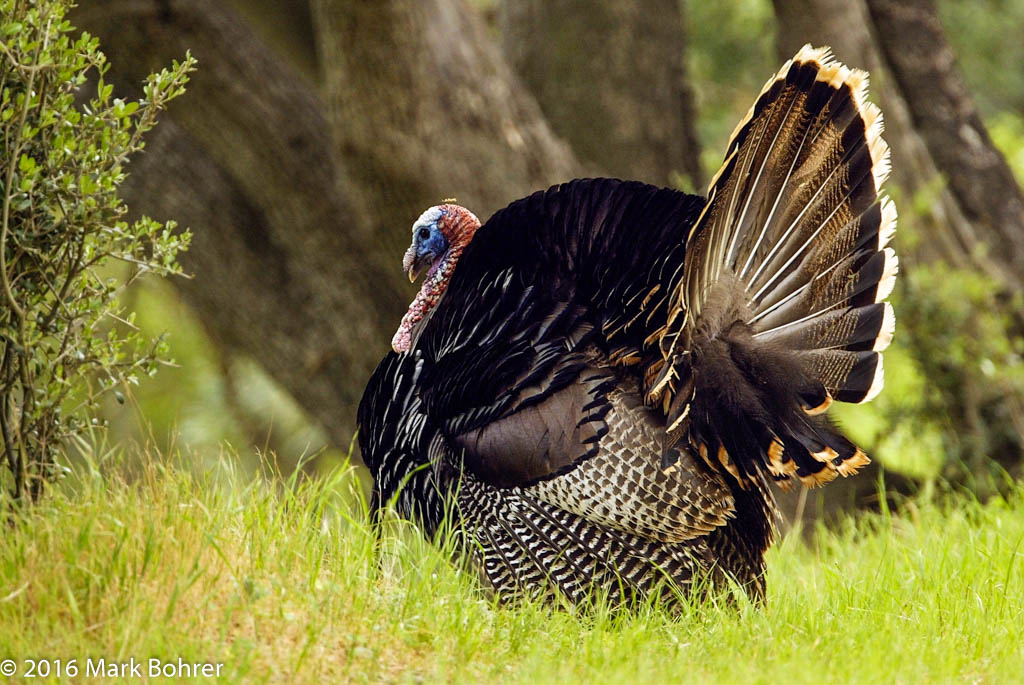 Wild turkey, Rancho San Antonio Open Space Preserve Mountain View, California The Wild Bunch Wild turkeys were here when the pilgrims arrived in November 1620. After a harsh winter, the 53 surviving colonists celebrated their harvest festival, the first Thanksgiving, the following Autumn. The pilgrims had a “…great store of wild turkeys, of which they took many,” according to Plymouth Colony governor William Bradford. As the pilgrims took more of the birds for food, they slowly became scarce. By the early 1900s, there were only about 30,000 turkeys left in North America. After multiple conservation efforts we now have over 6 million. You’re most likely to find them moving through or near forested areas with lots of cover. Most turkeys you munch today are farm-raised and lack the survival instincts of their wild relatives. That said, I’ve had no trouble getting wild turkeys to gobble back when I imitate their calls. They can be one of the easiest wild birds to approach with a camera. Shooting Them As with most wildlife, don’t approach with a tripod-mounted lens and camera over your shoulder. When you swing it down to set up, they’ll spook, likely reminded of a hunter pulling a gun down to shoot. Instead, go to the spot your research gave you to find them. (You did research, right?) Then look for the birds from far off. I may set up in the preserve or park’s parking lot first, or at a trailhead. After I spot my distant wild subjects, I pick up the tripod-mounted gear and hold it in front of me as I creep closer. I’ll set it down and take insurance shots as I go. Then I’ll get as close as I can for the best shots. How close is that? It depends. Turkeys have a big comfort zone if they’re in woodland cover, where they feel secure. They may also be more habituated to humans in a park or preserve. I’ve been able to get within 20 feet in those settings, too close to get the whole bird in the picture with a 500mm lens. 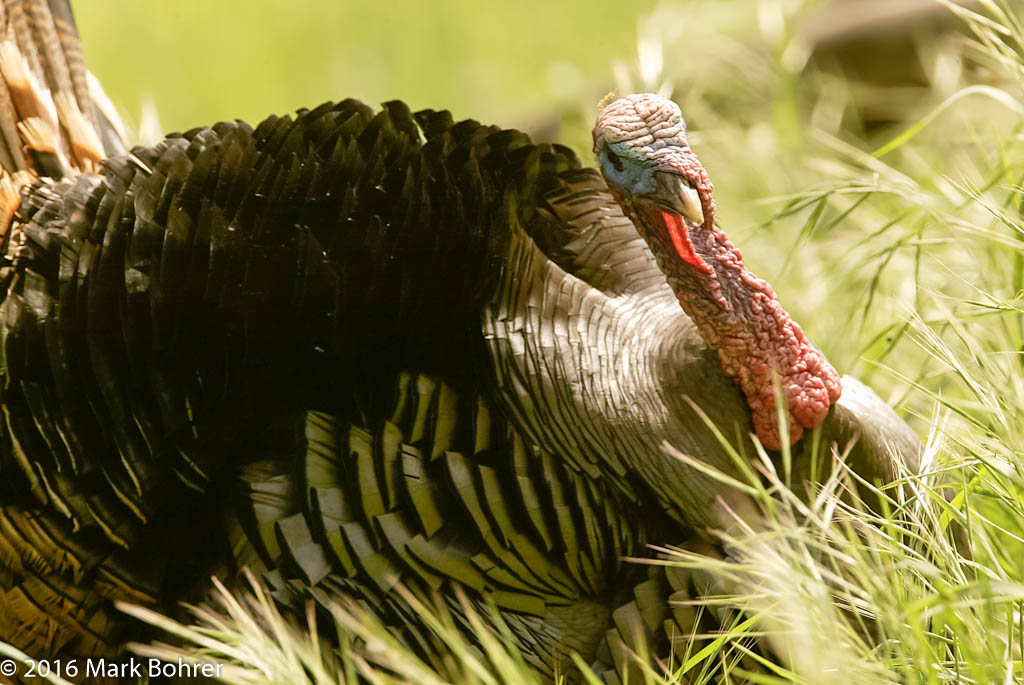 Turkey closeup, Sycamore Grove, Livermore, California Upland Relatives Turkeys aren’t the only upland ground birds in North America. You may also spook quail, and watch their topknots bob as they run away from you. When I lived in California, these guys were common at local open space preserves. In New Mexico you’ll see male Gambel’s quail sporting their black-breasted ‘coats’. California quail lack this, with white-tan and black scaling all over their bellies. These guys also like to be near forest cover. 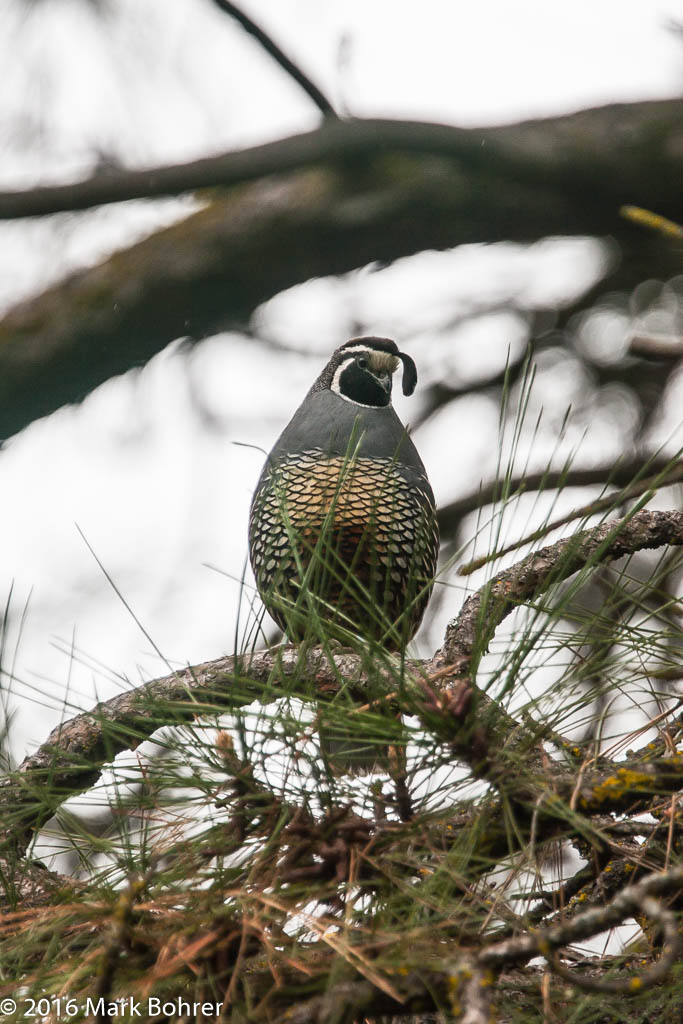 California quail, Sycamore Grove, Livermore, California Ring-necked pheasants are an Asian import, first brought to the U.S. in 1881. The first time I heard one, I thought it was someone trying to start a car. Their mechanical croaking is very distinctive. 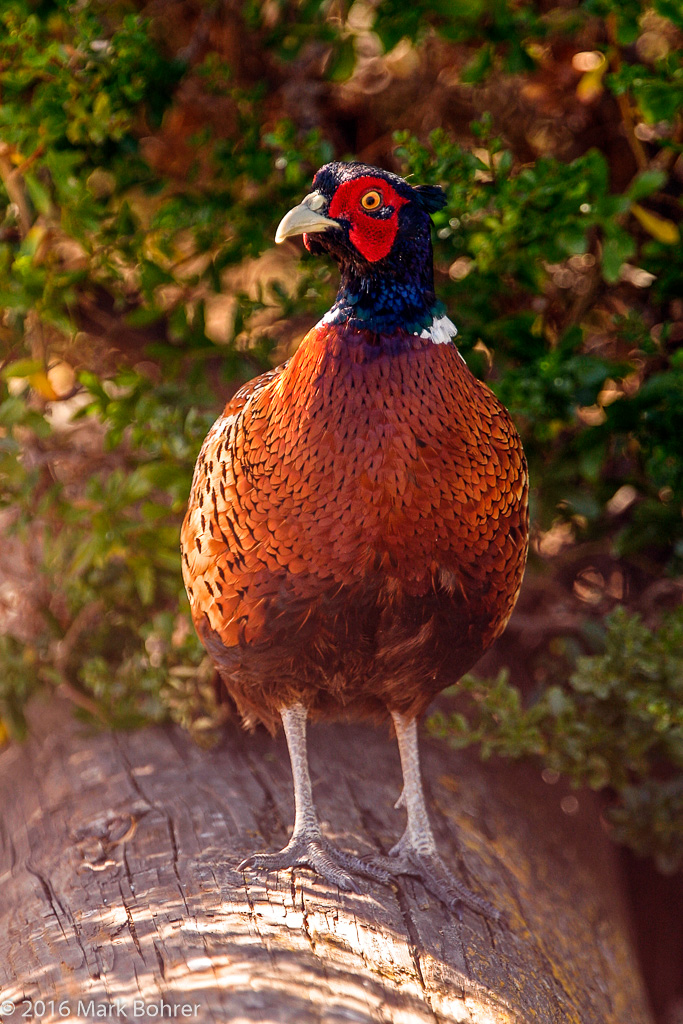 Ring-necked pheasant, Palo Alto Baylands, California Meep meep! Most of us grew up with the cartoon roadrunner. The real deal runs throughout the Desert Southwest. Roadrunners keep lizard and rattlesnake populations in check, preferring to dash in and snatch or stun them over flying. When you can make 20 MPH on foot, you don’t need to fly very often. I’ve seen them mostly in rural desert with scrubby cover, though they will stick around near urban habitat if it encroaches their territory and there’s still prey there. 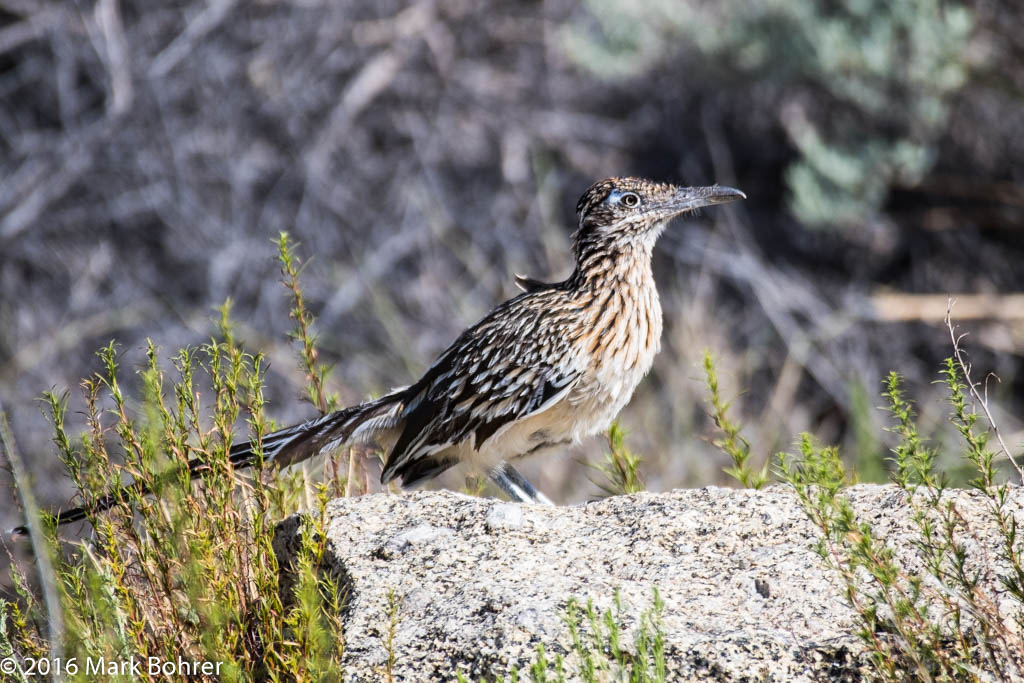 Greater roadrunner, Piedra Lisa Park, Albuquerque, New Mexico Oh, and we ended up putting that T-Day turkey in the fridge. But we also gave it 7 days to defrost in there… and relied on refrigerated cold to inhibit any bacteria. But don’t just do what I did with your turkey – your mileage may vary. 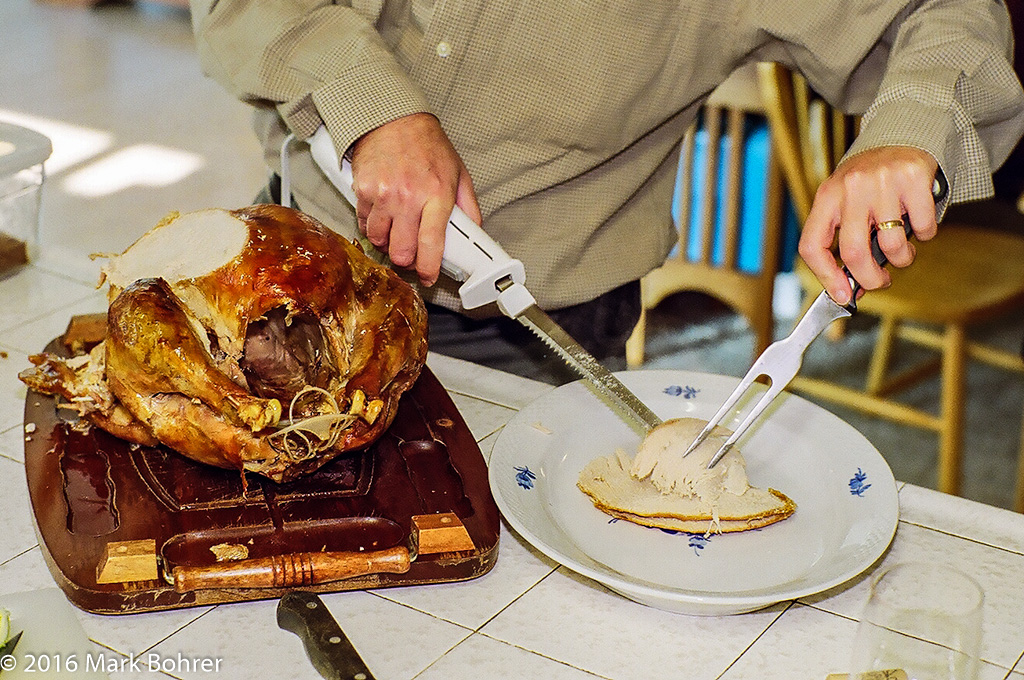 |
(408) 483-3782
Curious about how to shoot ruins?(408) 483-3782

Recent Comments